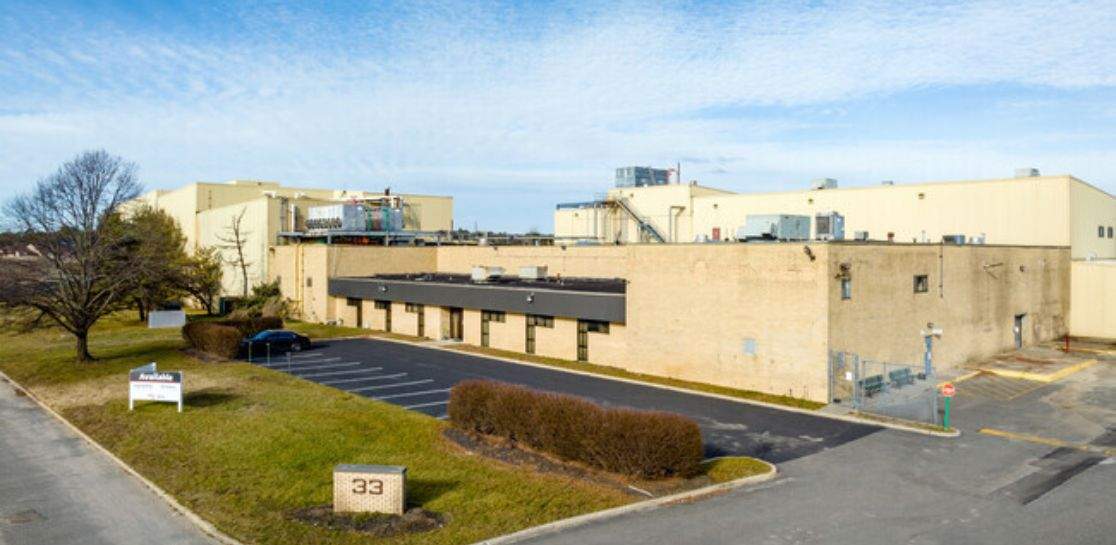
When purchasing a commercial property, it’s common to seek a loan from a lender or financial institution. Before the lender can approve your loan, they’ll need to assess any risk. One metric (out of many) financial institutions look for is the loan-to-value ratio.
The loan-to-value ratio (LTV) is one way lenders and financial institutions can assess lending risk before approving a mortgage. To come up with an LTV ratio, it requires an appraised property value (or purchase price) and the mortgage amount you intend to borrow.
Generally, loans that have high LTV ratios are considered more risky and as a result carry higher interest rates among other things. To avoid this, you will need to increase your down payment on the property to lower your borrowing amount.
How to calculate the LTV ratio?
Now you know why the loan-to-value ratio is important to lenders, let’s discuss how you can calculate this ratio for yourself. Calculating the loan-to-value is a simple formula:

LTV Ratio = Mortgage Amount/Purchase Price (or appraised property value).
For example, let’s say you’re purchasing a commercial building worth $1,000,000. You put a cash down payment of 30% or $300,000. The $700,000 amount remaining is what you will borrow from the bank. In this example, your loan-to-value ratio is 70%.
Want to save time on calculation? Use this LTV calculator instead.
How is loan-to-value (LTV) used by lenders?
As discussed the LTV ratio is one way banks determine your eligibility to secure a mortgage. However, it can also determine the interest rates you receive.
For private home buyers, the LTV also can determine whether or not you are required to purchase private mortgage insurance (PMI). PMI allows the lender to take greater risks to lend you the money by protecting the lender in the event you default on the loan.
If an LTV is higher than 80% then typically lenders may require you to purchase PMI. But, this depends on many factors including your income, existing debt, and investment portfolio or history. Different institutions will use various factors for discretion.
In commercial lending, there is no private mortgage insurance. Therefore, lenders have no insurance to cover you in the event of a default, and must rely on the real property pledged as security.
According to research, the average LTV ratio for investment properties range nationally between 66% and 80%.
Keep in mind, the specific LTV often depends on the loan category. For example, raw land may demand a 65% LTV maximum, while 80% LTV can be acceptable for multi-family. If you’re purchasing a commercial building as an owner-occupier, it’s also common for lenders to allow you to borrow a higher loan-to-value.
Conclusion
We hope this article was helpful for you in understanding the loan-to-value (LTV) ratio and what lenders, financial institutions, or banks look for. Keep in mind this is only one metric that banks use, and other due diligence will be required on their part.
If you’re in the market to purchase a commercial property on Long Island, please give us a call 516-393-2300 or email us: [email protected].
This article is only for informational purposes and should not be used as legal or financial advice. Please consult with legal and financial experts.






